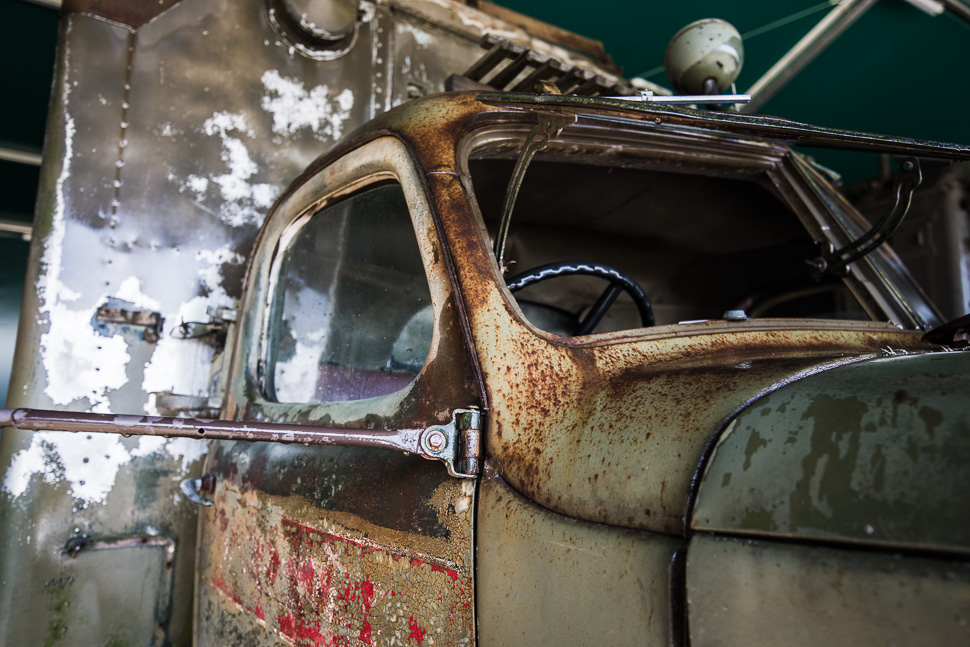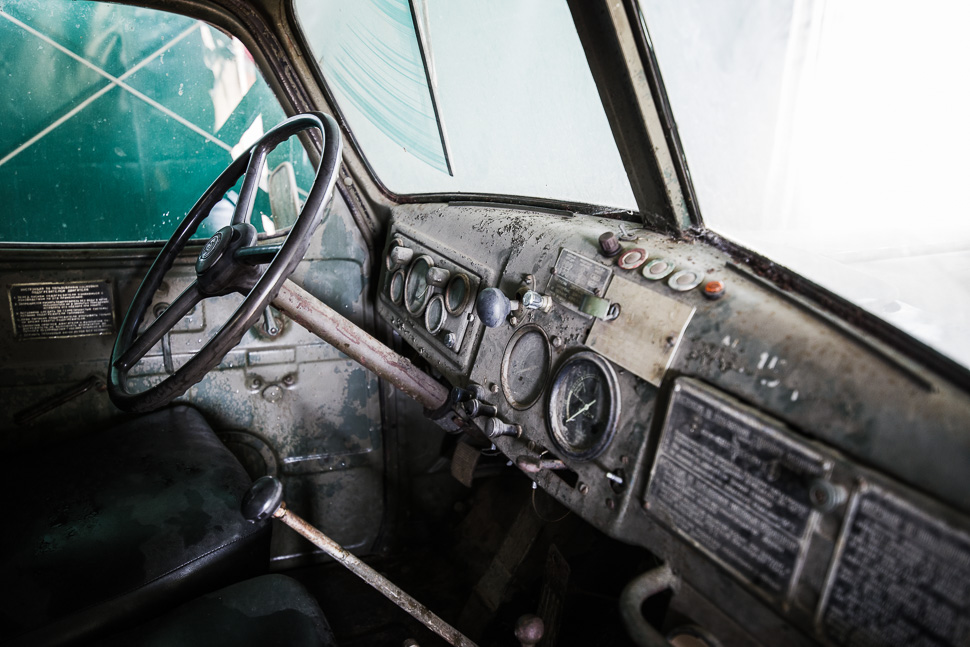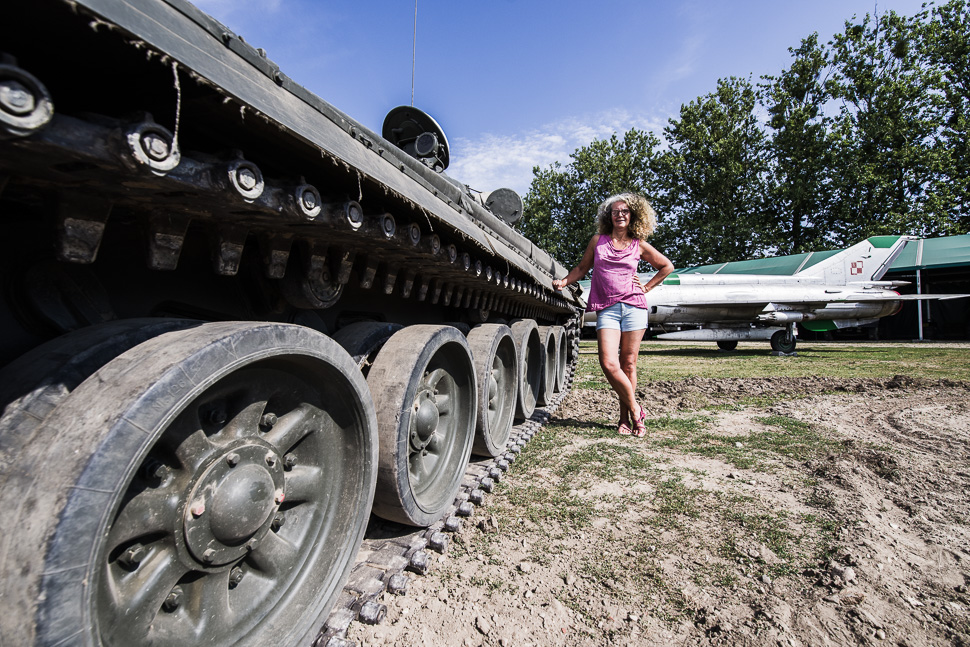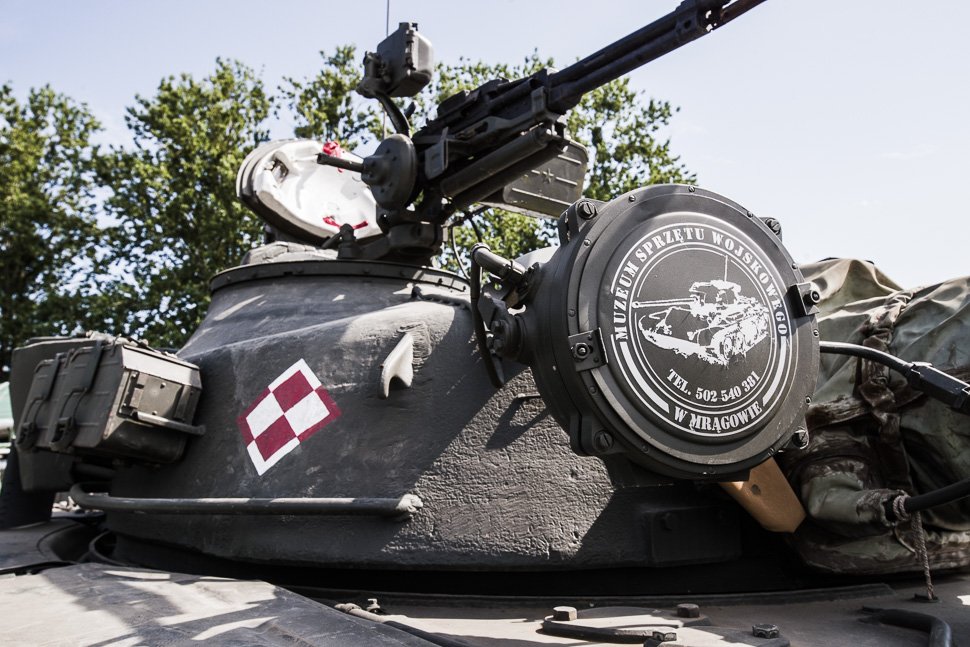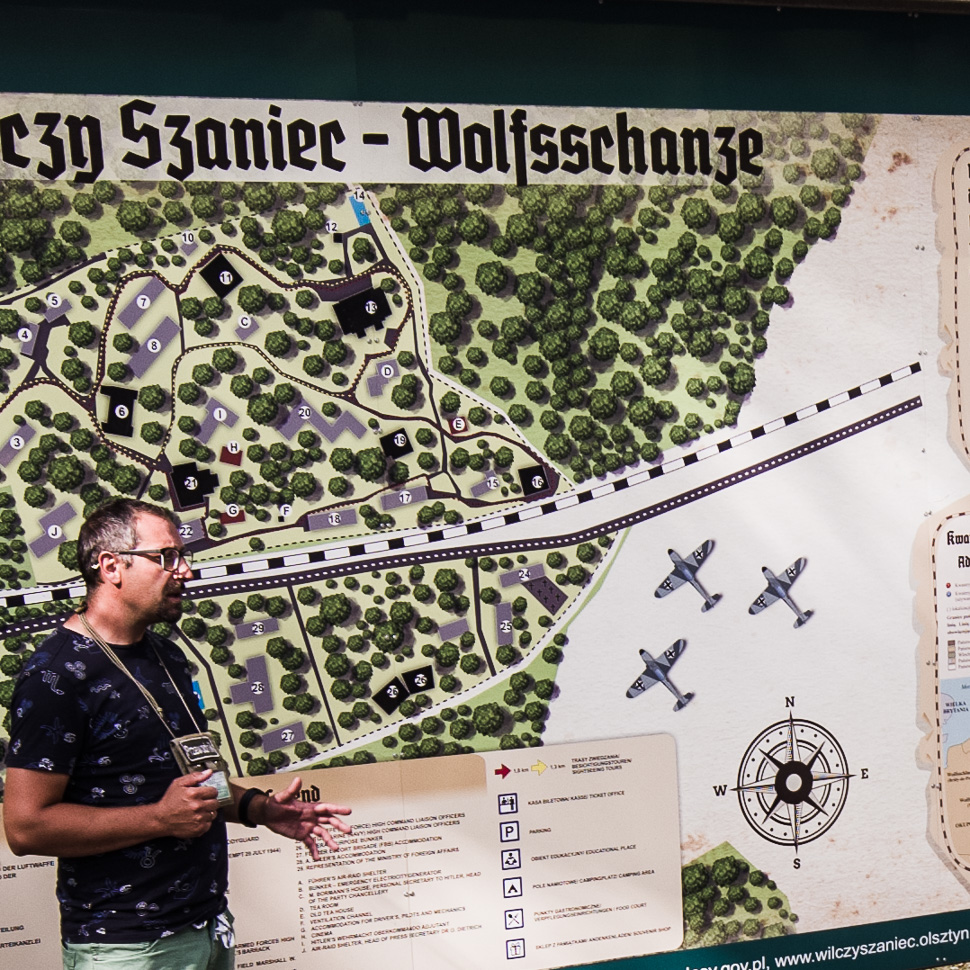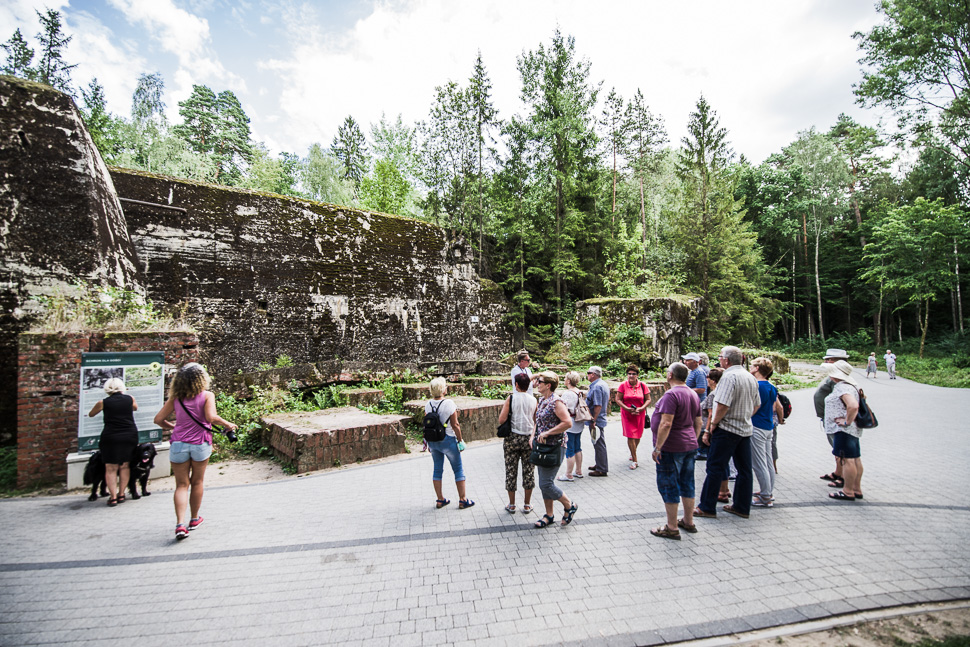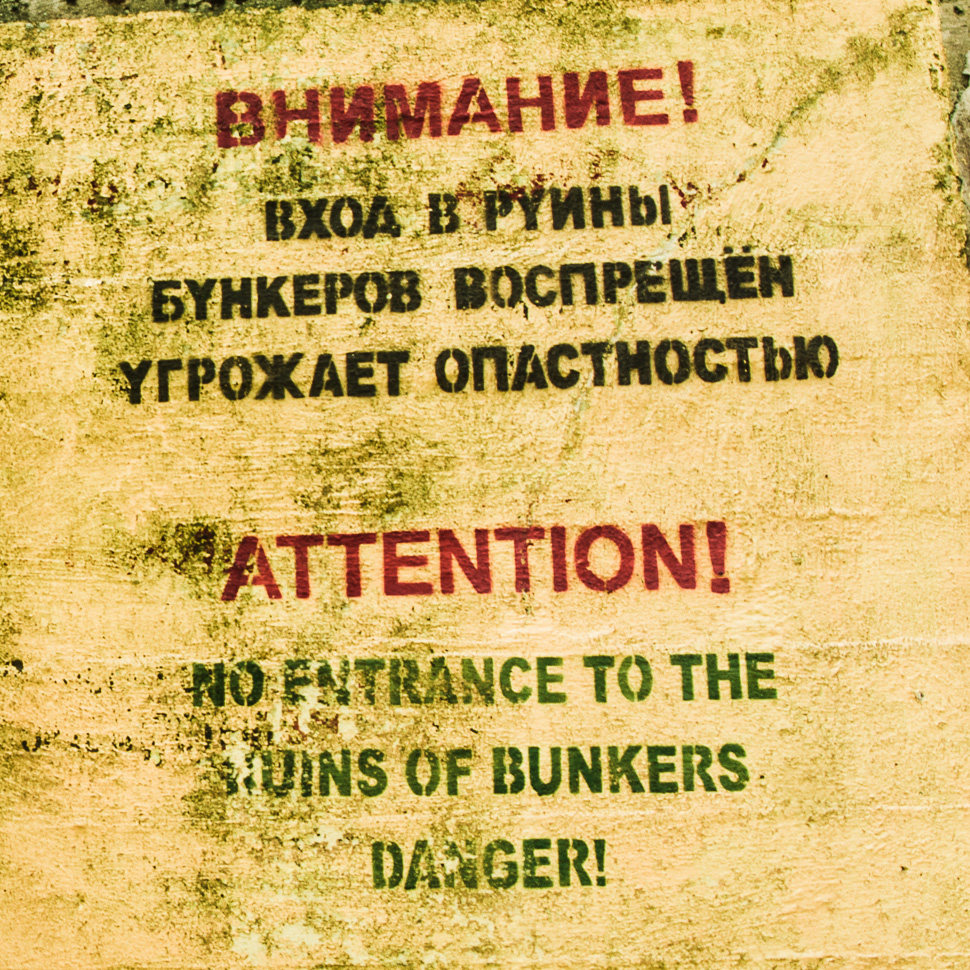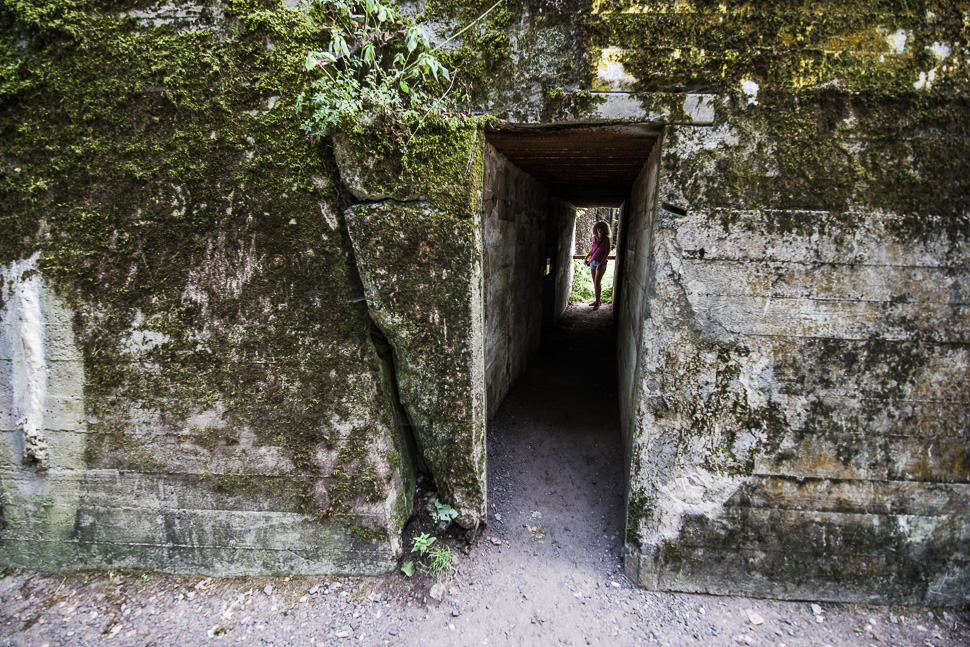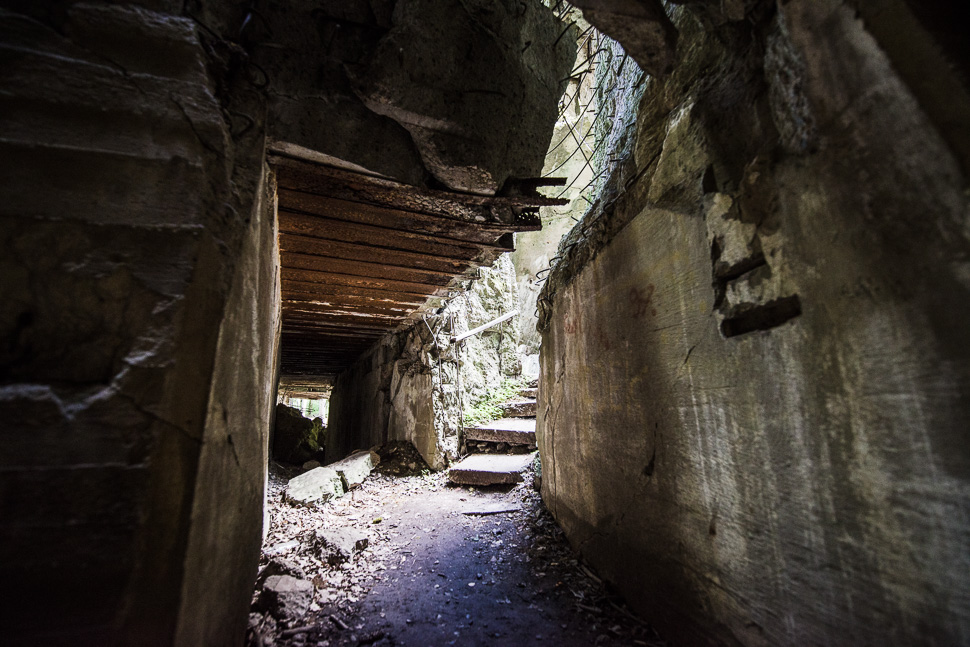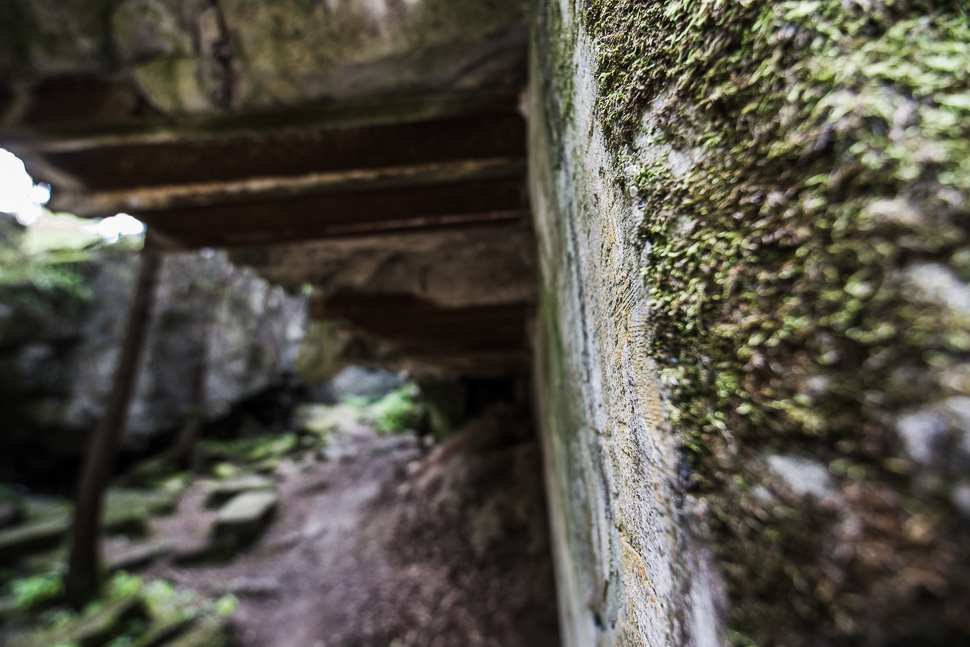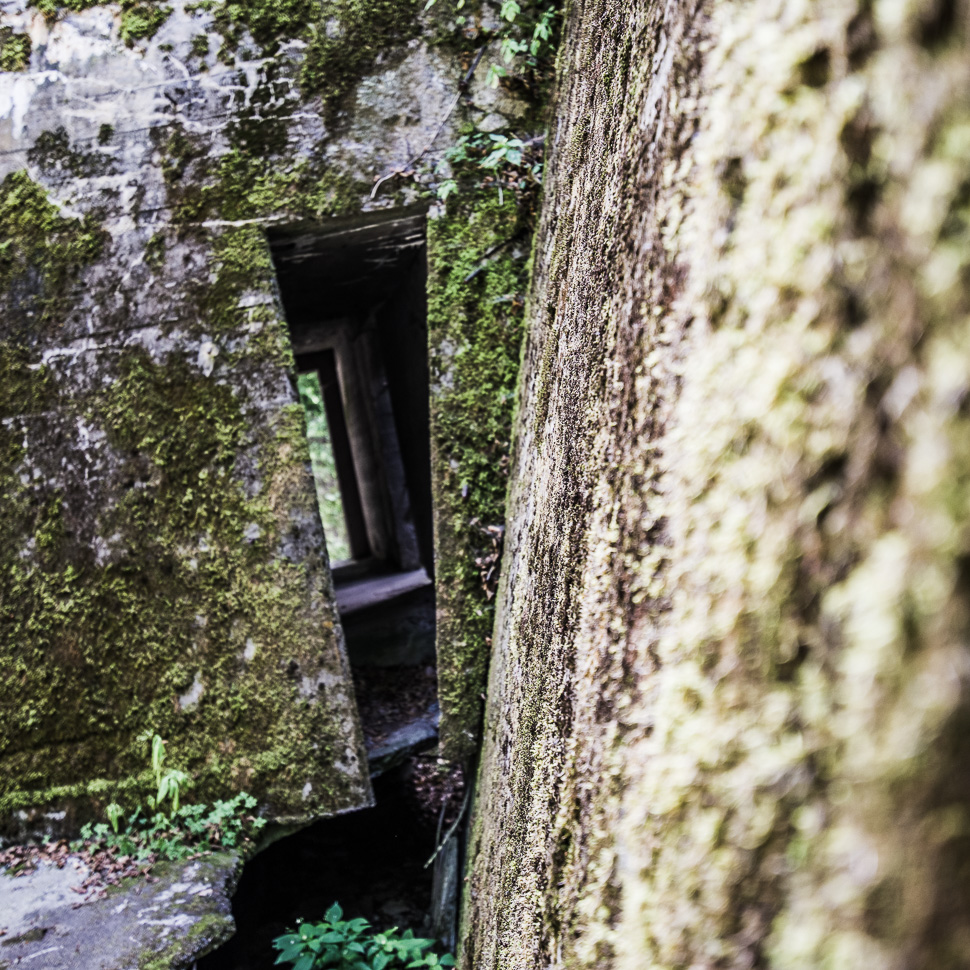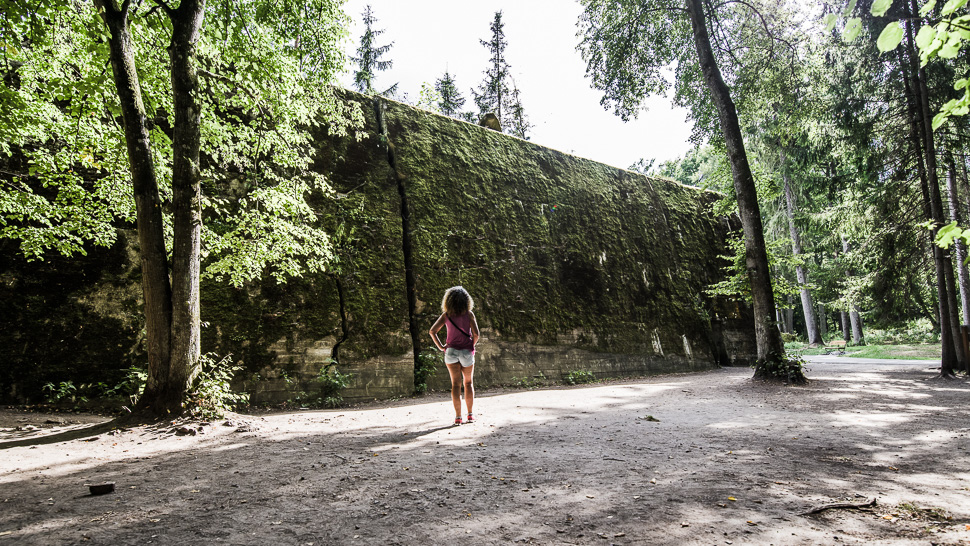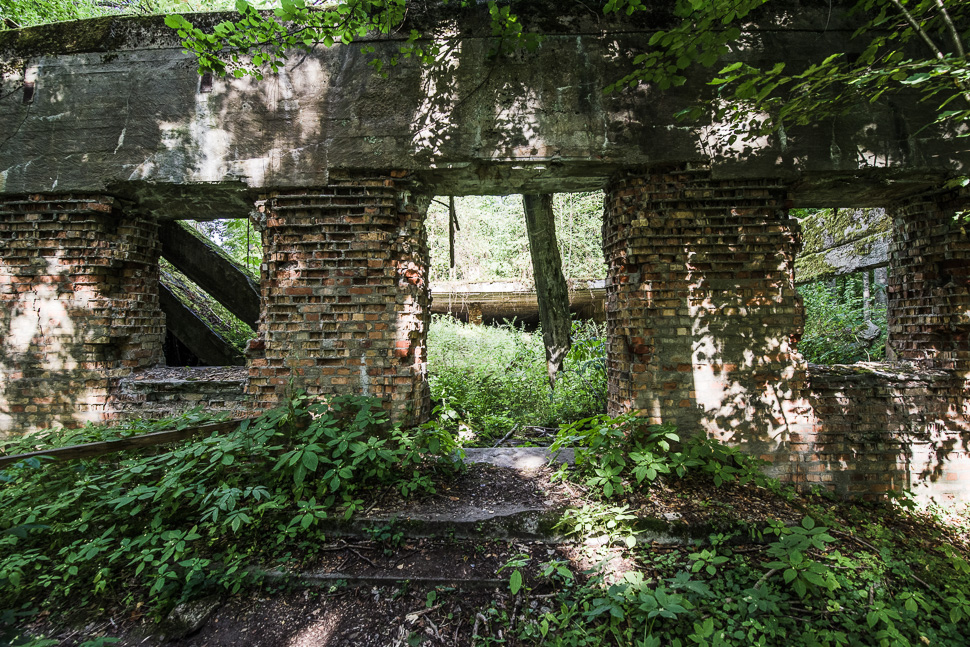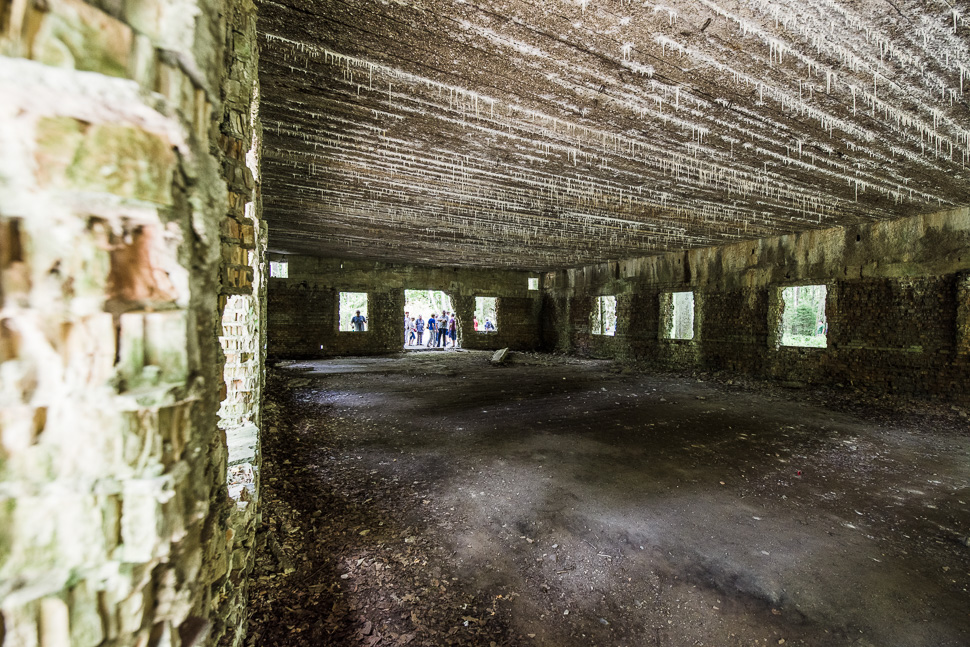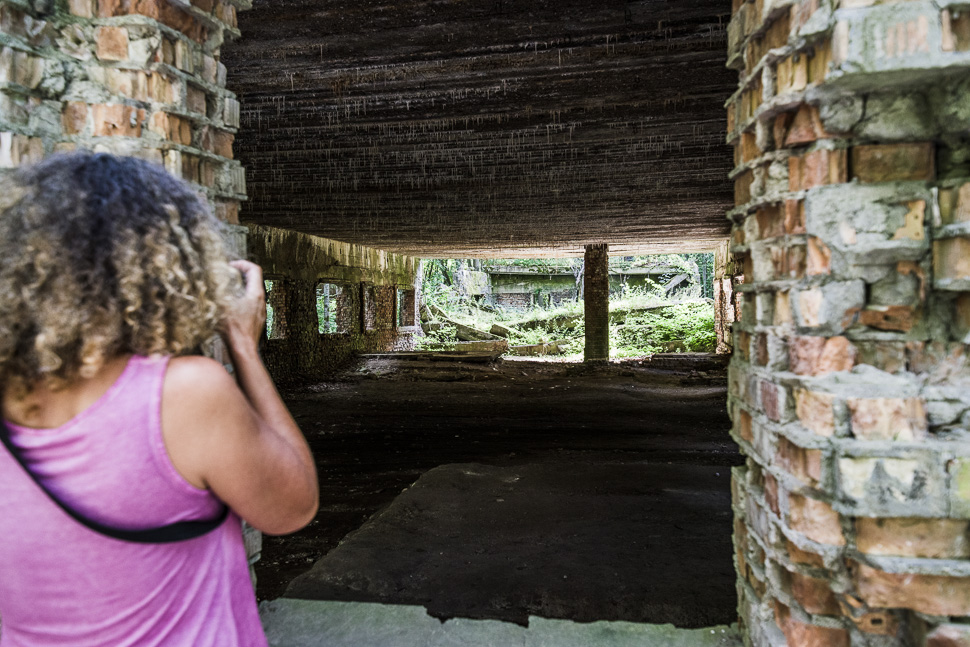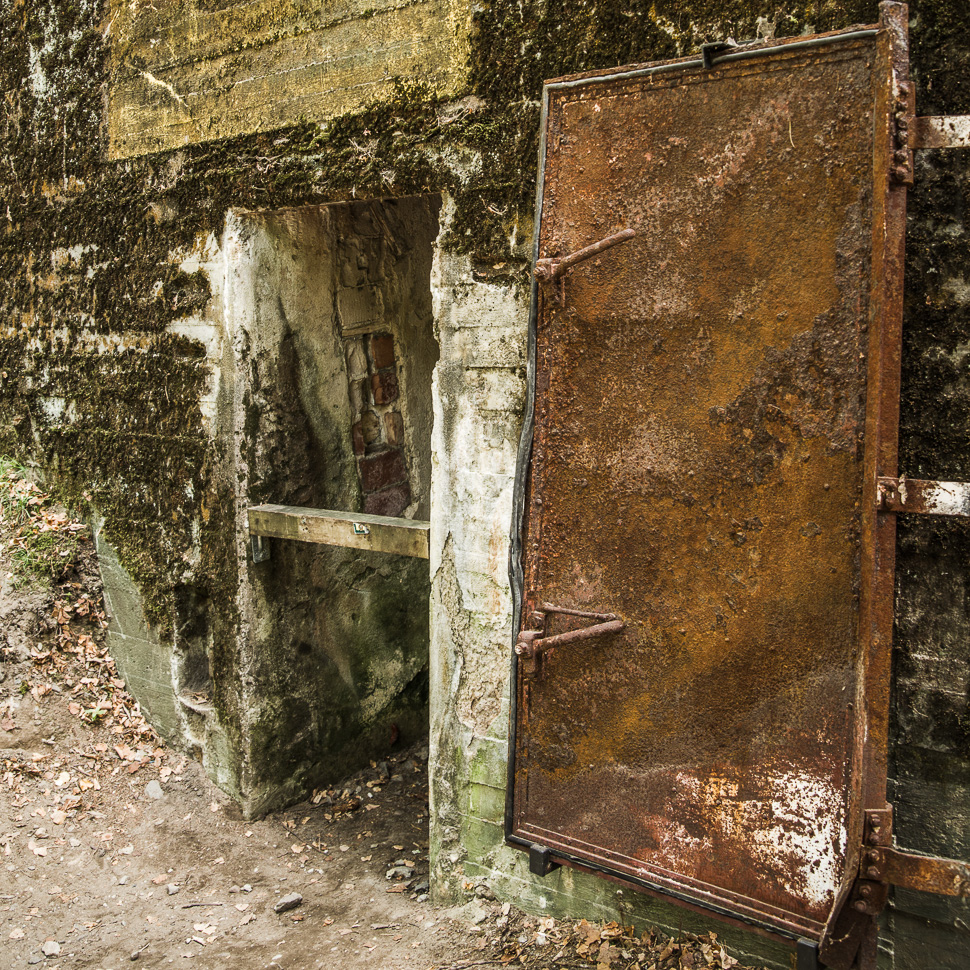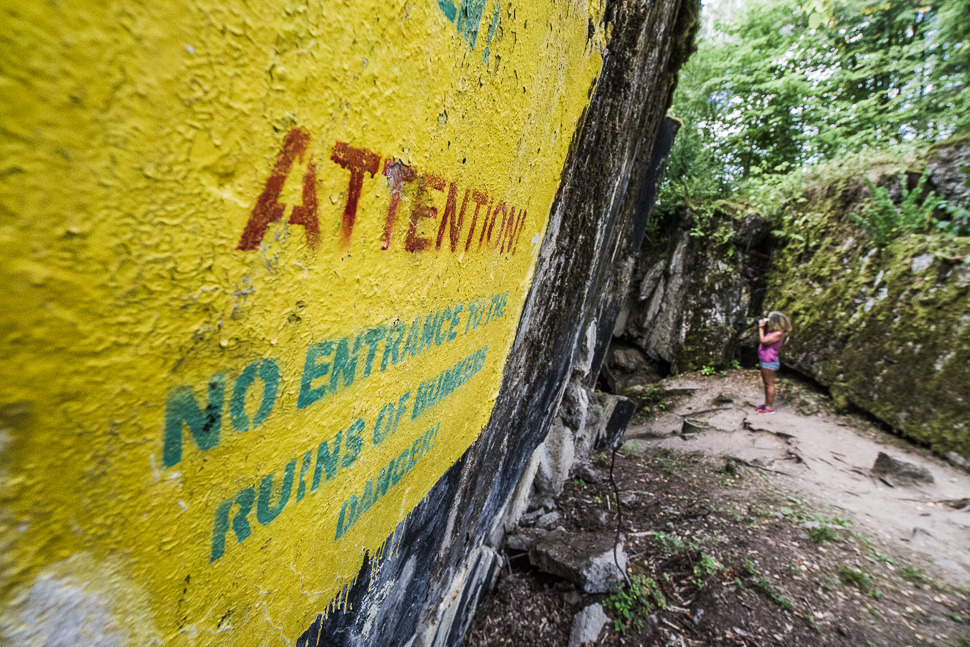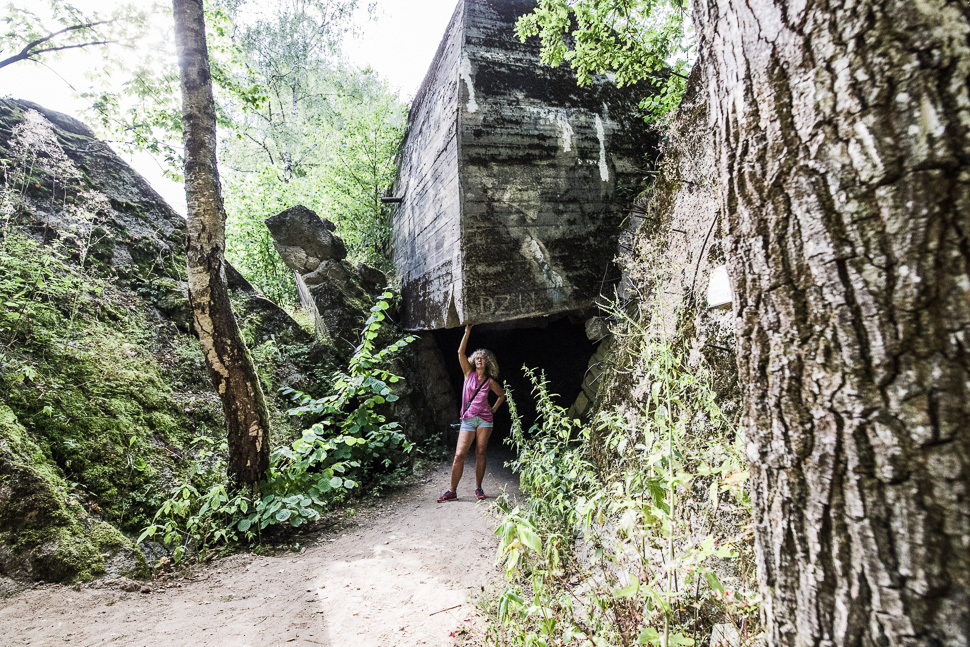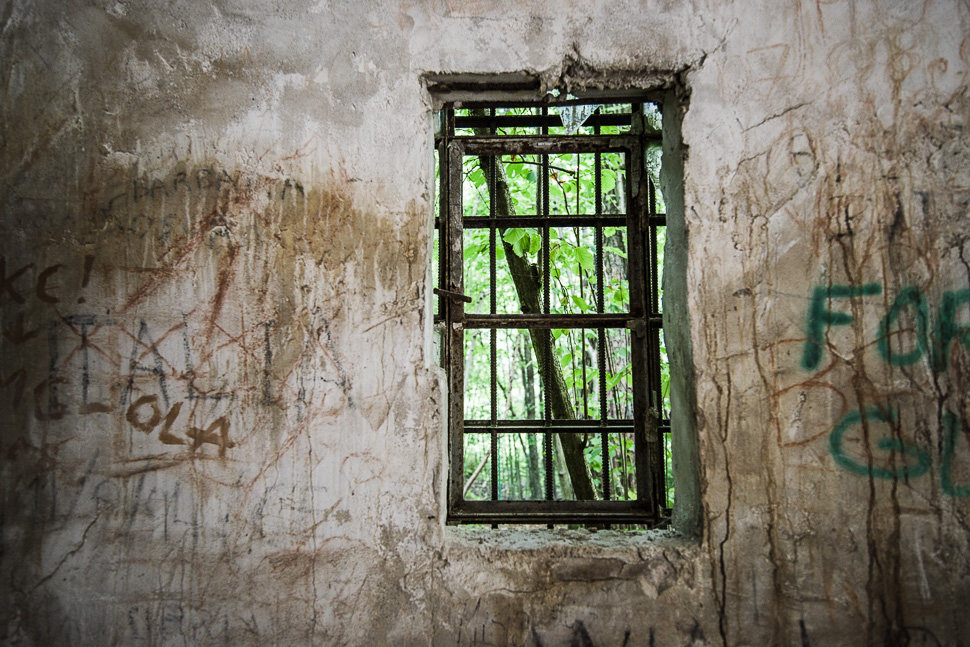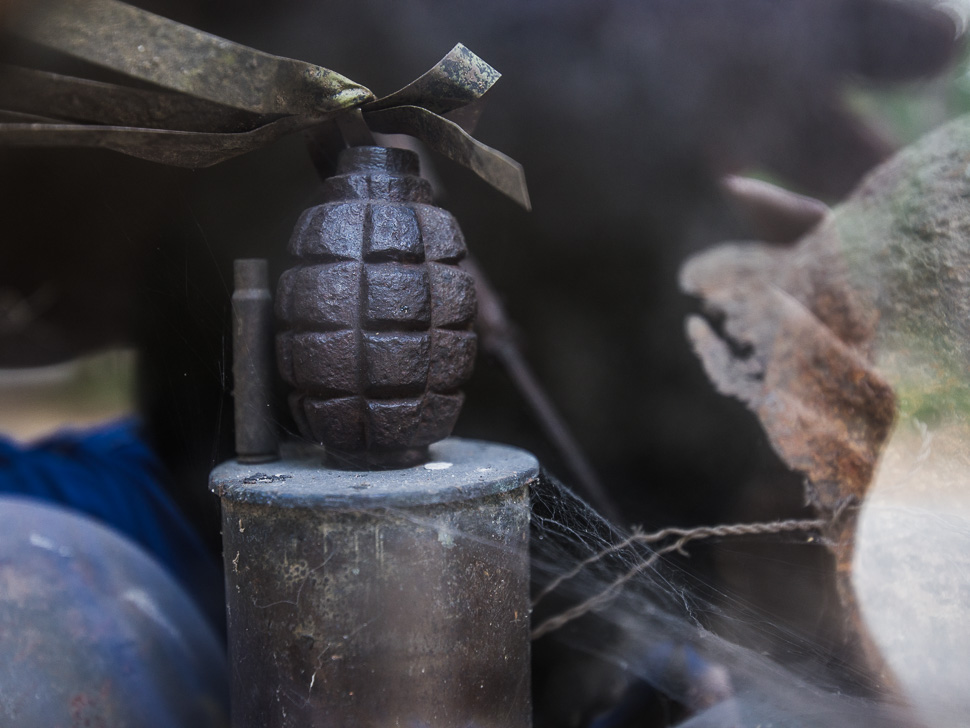The Wolfsschanze (Wolf’s Lair), Hitlers main quarter during the last years of the war, was a strong contrast to the churches we had visited the same day. But first we went to a museum of military trucks and tanks to get into the right mood 😉
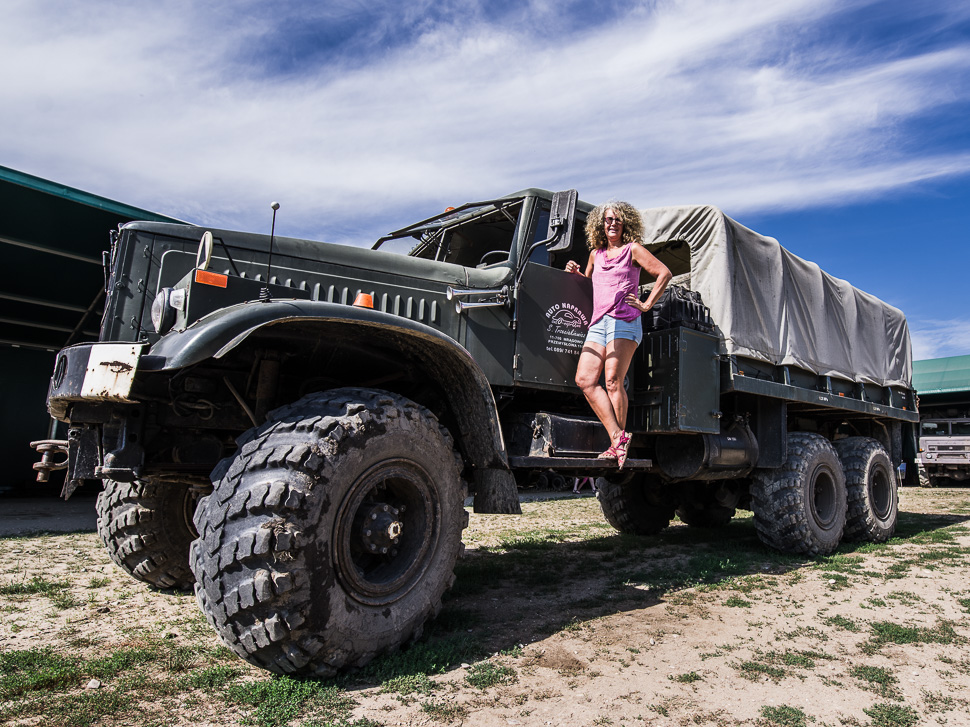 |
| Russian KRAZ-255 B of 1982 – the right vehicle to explore Sibiria |
The museum was called Museum of Military Equipment (Muzeum Sprzętu Wojskowego) and lies in the south of Mrągowo. It is an open air museum where some of the old vehicles really had a character.
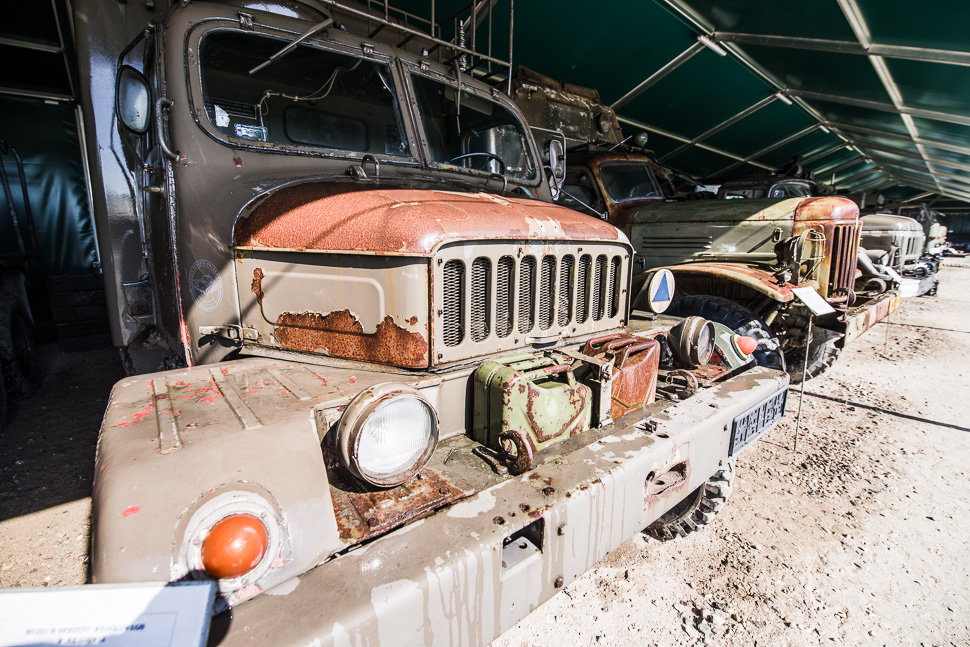 |
| PRAGA V3S of 1963 |
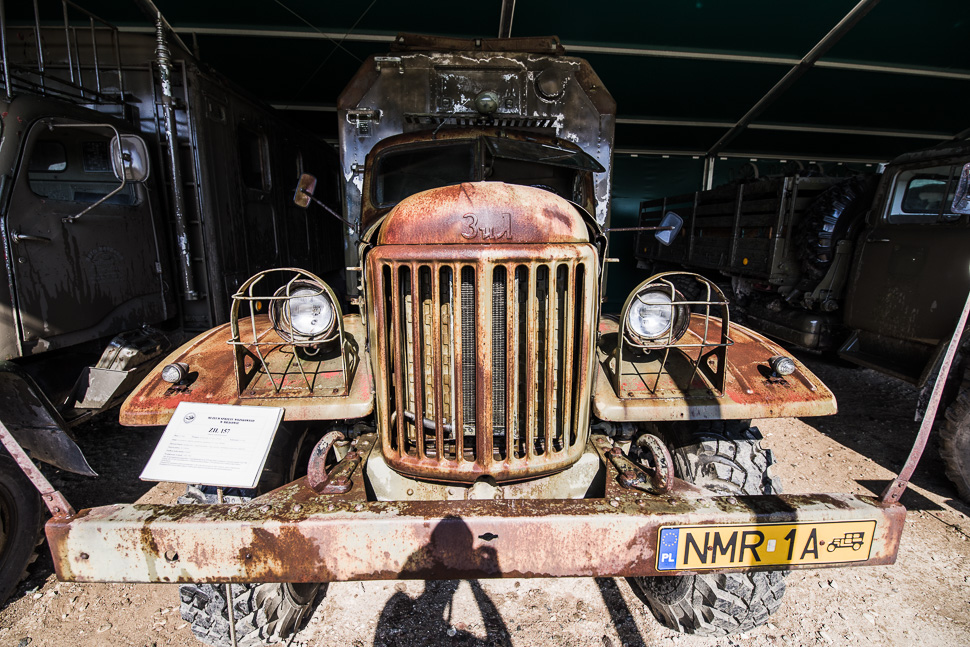 |
| ZIT 157 of 1967 |
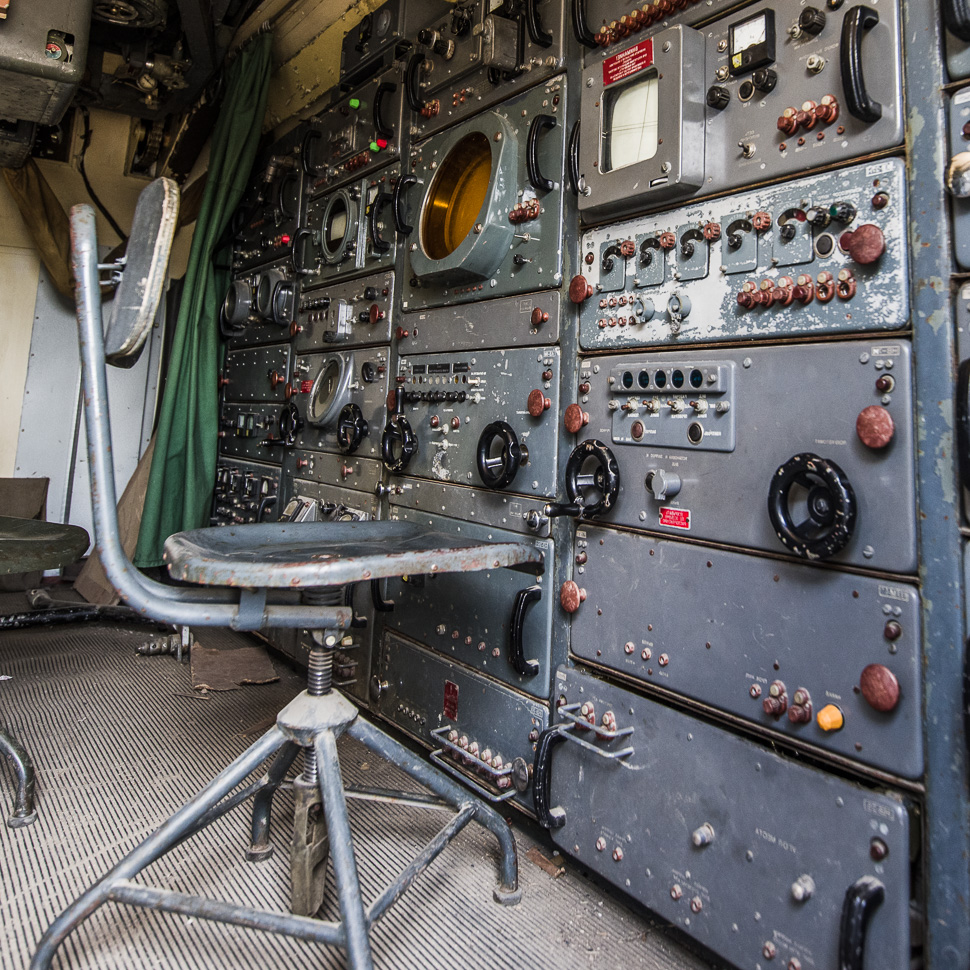 |
| RADAR and radio communication truck of 1974 |
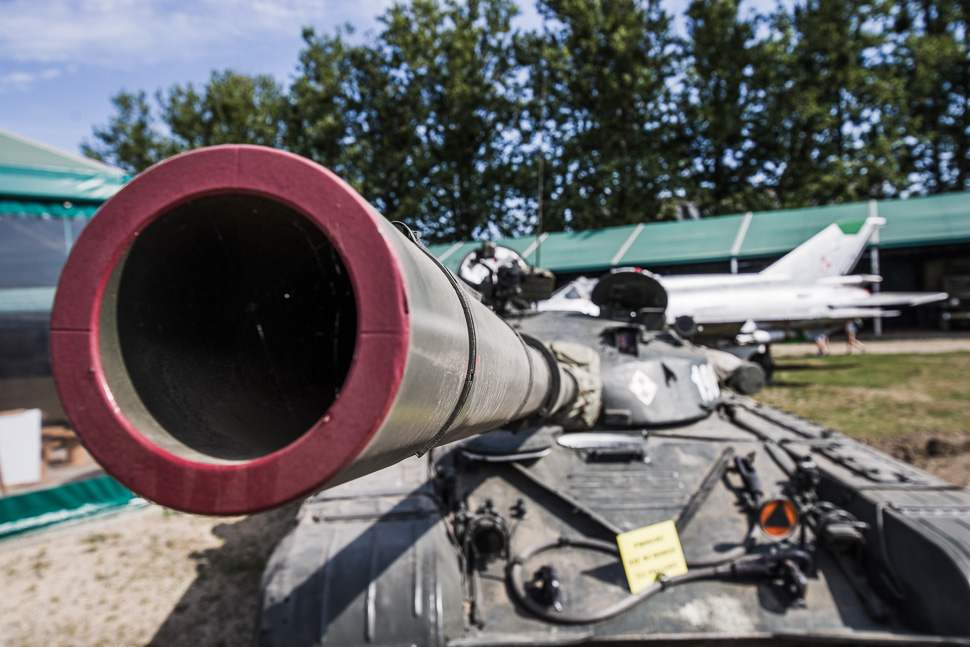 |
| TANK T-72 of 1984 |
The Wolf’s Lair (Wolfsschanze) was Adolf Hitler’s first Eastern Front military headquarters in World War II. The complex was built for the start of Operation Barbarossa – the invasion of the Soviet Union – in 1941.
The top-secret, high-security site was in the Masurian woods about eight kilometres east of the small East Prussian town of Kętrzyn (Rastenburg). Three security zones surrounded the central complex where the Führer’s bunker was located.
Despite the security, the most notable assassination attempt against Hitler was made at Wolf’s Lair on 20 July 1944. Colonel Claus von Stauffenberg had carried a briefcase bomb into a daily conference meeting and placed it just a few feet away from Hitler. Some changes on that day led to the failure of that attempt to kill Hitler, who was only slightly injured. Four other people died from their wounds.
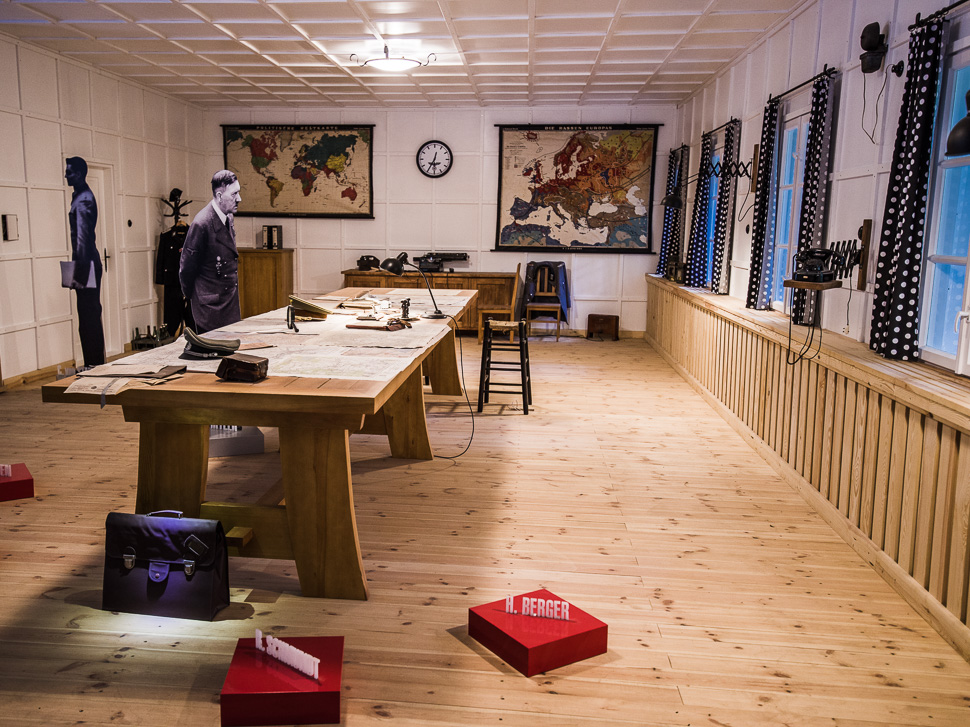 |
| Reconstruction of the room where the attempted assassination took place |
Hitler first arrived at the headquarters in June 1941. In total, he spent more than 800 days at the Wolfsschanze during a 3 1⁄2-year period until his final departure on 20 November 1944.
In mid-1944, work began to enlarge and reinforce many of the Wolf’s Lair original buildings. The work was never completed because of the rapid advance of the Red Army during the Baltic Offensive in late 1944. On 25 January 1945, the complex was blown up by the Germans and abandoned 48 hours before the arrival of Soviet forces.



